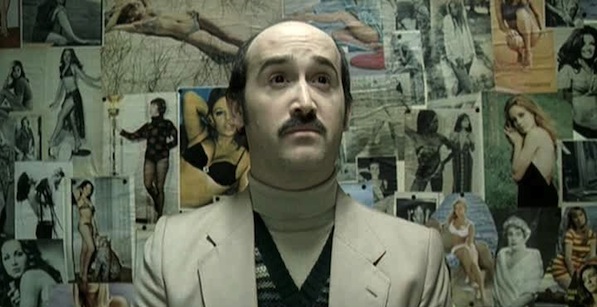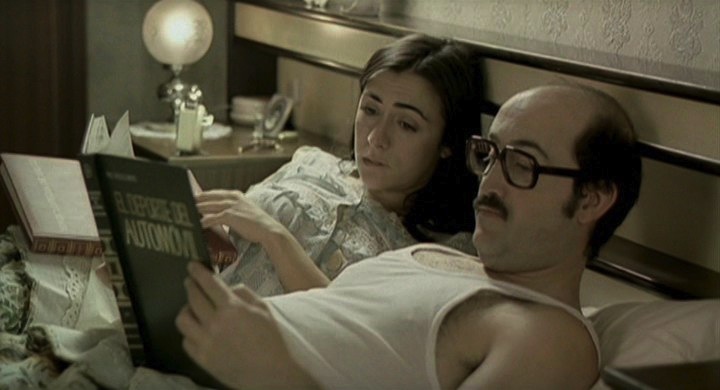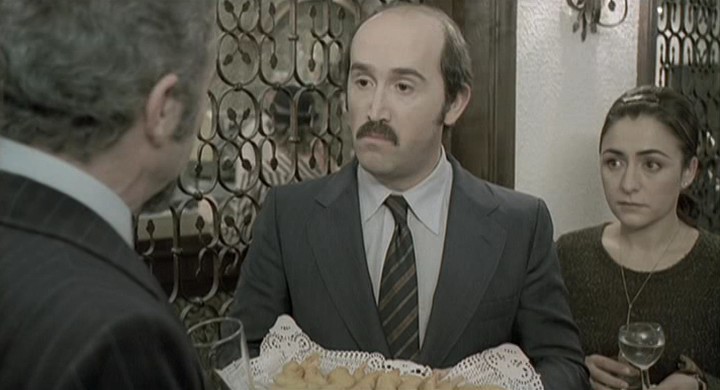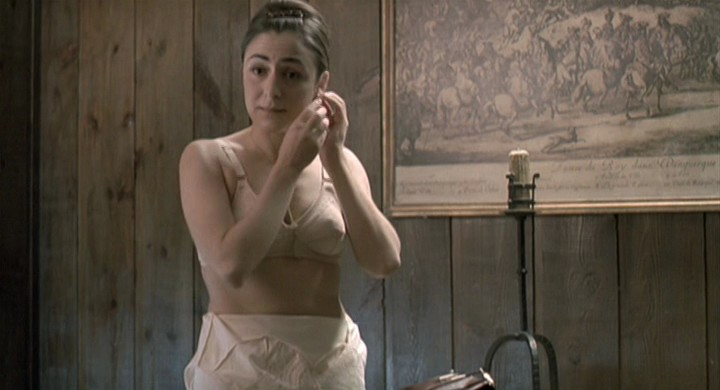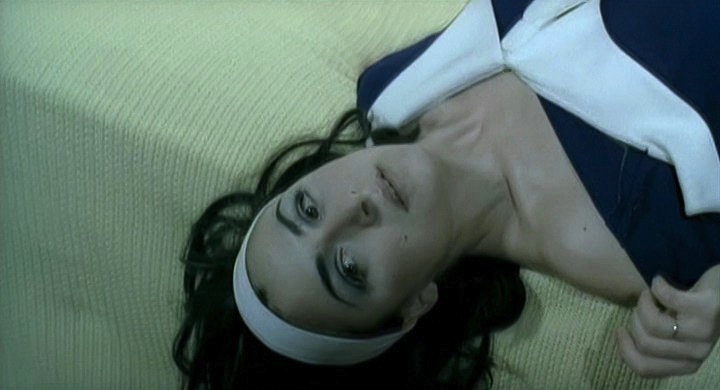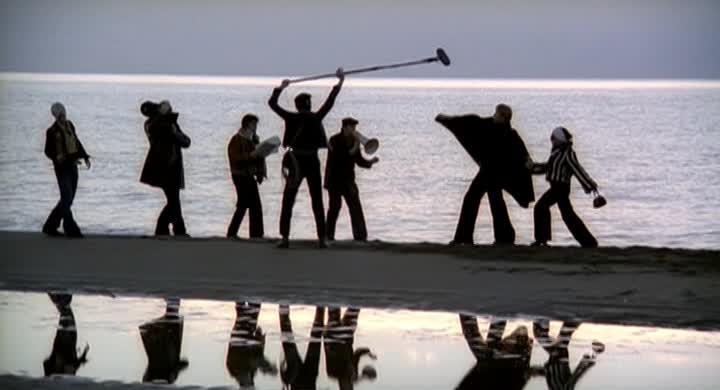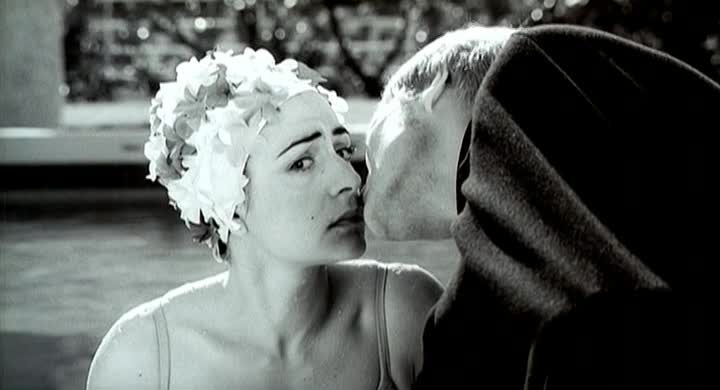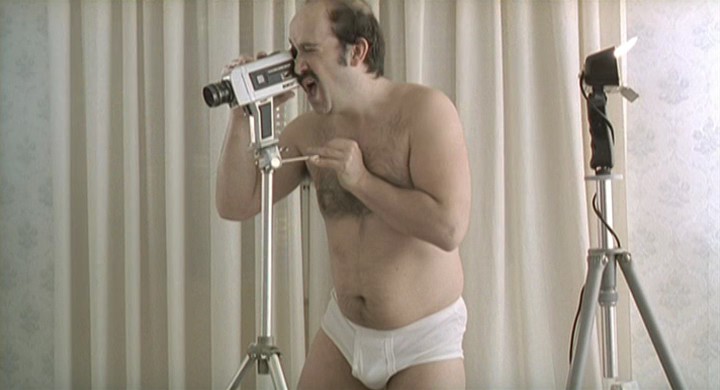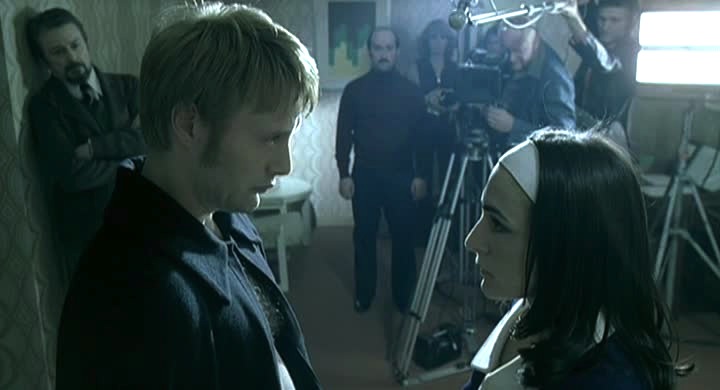Though he’s directed only two films in the ten years since his feature debut, Pablo Berger has proven himself one of the most inventive and accomplished filmmakers to come out of Spain in a couple of decades.
His most recent film Blancanieves, an ingenious re-imagining of the “Snow White” story as a silent-movie melodrama in the 1920s world of bullfighting royalty and flamenco style in Spain, earned ten Goya Awards and was Spain’s official entry for the Oscars. While it generated obligatory comparisons to The Artist—it is, after all, another foreign film that channels the international language of silent movies for modern audiences—it really has more in common with the melodrama of Blood and Sand and Pedro Almodóvar, but with a melancholy love story under all the intrigue.
That committed, authentic romanticism grounds his debut feature Torremolinos ’73, a playful and sexy period piece set during the repressive atmosphere of Franco’s Spain, circa 1973. What a setting for a comedy about pornography, fertility and moviemaking. I first caught the film at a 2004 festival screening and I was completely taken with its gentle satire, its evocation of a time so rarely treated with such humor—and mostly its affection for its characters.
Born and raised in Franco’s Spain but educated at New York University, Berger was ten in 1973 and he wanted to “tell a story that captured a little bit of the spirit…. How Spain was, how Puritan it was, what was the relationship was between the boss and the employer, how religion was there, and how Spain was maybe not like how the Spanish movies from the seventies represented it,” he explained in an interview back in 2004, as he was taking it around the film festival circuit. “There’s a whole generation of light comedies of happy Spain with colorful and happy music. I think it was a little more like gray, or I call it beige. My film is a little beige.”
It’s also an inspired political satire where politics are never even acknowledged, let alone discussed. Frumpy and balding and utterly ordinary, Alfredo (Javier Cámara) is a door-to-door salesman hawking volumes of a Franco-approved history of the Spanish Civil War. His pitch culminates with the reveal of the bonus gift: a miniature bust of the Generalissimo himself. At this point in the spiel, every prospective customer slams the door in his face, which is the most overt political commentary in the film. “I didn’t want it to be judgmental in a very obvious way, like characters saying, ‘Franco was a monster and we were very repressed.’ No, I just wanted to put up a mirror of how I remember that reality.” Instead he suggests the culture, the social and sexual repression of Franco’s Spain, in the margins and the little details around them. “We wanted to go for de-saturated color, we wanted to make it a little sad,” he explained.
Back at Alfredo’s company, changes are in the works. They’re getting out of books and into producing movies, specifically “educational” porno films for the Scandinavian market (where the sexual revolution is in full swing), and the sales force is drafted into producing the X-rated shorts. Alfred needs the money and he and his demure, devoted Catholic wife Carmen (Candela Peña) are desperate to get pregnant, so this buttoned-down, properly suppressed middle-class couple revitalize their sex life by play acting short fantasies for Alfredo’s Super 8 camera. It’s funny and sexy and gets even crazier when, unbeknownst to either of them, Carmen becomes a superstar in the Sweden adult movie industry.
“It was a very isolated Spain, so close to Europe, but at the same time, so far,” recalled Berger. “There was a sexual revolution going on in America, in France, in Germany, in England. And in Spain we had Franco ruling the country and there were censors and there was not any kind of nudity in any kind of media form, film or print.” When Alfredo visits a fertility clinic, he’s not handed the usual porno magazines with his sample cup. He gets girls in bikinis, and rather conservative swimsuits at that. “The thing is that this is completely true,” insisted Berger, who was very specific in the art direction of the scene. “It was hard to be a teenager in 1973,” he added with a laugh. Alfredo, true to his own heart, pulls out a photo of his own wife. It’s one of the defining touches that gives the film such a big heart.
Along with his devotion to Carmen, Alfredo’s story is about the awakening of the artist under the salesman. As he shoots his little sex films, he starts reading film journals and watching art movies, imagining the possibilities and aspiring to make something serious. It culminates in his magnum opus: Torremolinos ’73, an allegorical epic dropped into the famous Spanish resort town. Think The Seventh Seal on a Mediterranean holiday at a ghost town of a resort, an empty, eerie backdrop in the off-season, with a pale, blonde Swedish porn star (Mads Mikkelson, looking more Nordic than ever) as the brooding young stranger. For Alfredo, he embodies death. For the Swedish co-producers, he’s there for marquee value and the money shot.
As Berger notes, seventies pornography became a genre unto itself and some filmmakers became ambitious: “. . . a lot of the directors of that era they were totally influenced by Antonioni and Bergman. You see The Devil in Miss Jones and there’s Bergman all over the place.” Another defining influence was Spain’s own absurdly prolific Jess Franco, a director who also put his wife in his films and wasn’t shy about exposing her to the world. “In the seventies in Spain, they were doing these double versions. You shot a film with no sex scenes for Spain and then you shot these other scenes with porn be released in different versions outside of Spain. And Jess Franco, he was the king of that in the late sixties.”
At the heart of the film, however, is a sweet love story and a generous, loving portrait of a devoted couple who use the camera as a way to let loose their inhibitions. In their first little production, with Carmen radiant in a wedding gown and Alfredo tuxedoed up behind the camera ready for his entrance, she doesn’t play to the camera. Her eyes are on Alfredo. He soon forgets the equipment and rushes out to her, pulling off his clothes like a clumsy schoolboy. Sex between happily married folks has rarely looked like so much innocent, joyful fun on screen.
“I think when you make your first film, you want to go to your roots.” Berger drew inspiration from his memories of growing up in Franco’s Spain, his desire to make his first feature (“I know what it is to be somebody that is outside the film world who wants to be a film director”), his own partnership with his wife (who co-produced the film), his love of Bergman and Fellini, the explosion of sexy Spanish films in wake of Franco’s death, and the crazed output of Spain’s other infamous Franco, the director Jess Franco. But there is one additional inspiration that that adds some mystery to the mix. “I heard this story about this Spanish director that made this film with his wife and it was never released in Spain but it was a big hit outside of Spain in Scandinavia. We tried to follow up, but we didn’t find anything. Some people said that they saw the film and some people said that it doesn’t exist.” It was supposed to be like a Bergman film and it was called Torremolinos ’73.
Maybe Berger was pulling my leg. But it sure makes for a great story. And a pretty great movie too.

